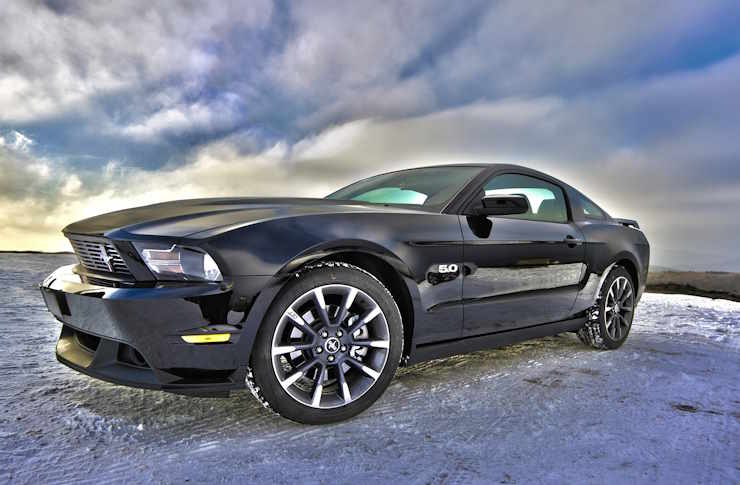Advancing Through Gears: The Intriguing Future of Dual Clutch Transmissions
Introduction: Imagine the thrill of shifting gears on a race track, effortlessly propelling your vehicle forward with an enthralling blend of speed and precision. This adrenaline-inducing experience is no longer confined to professional racers, thanks to the revolutionary technology of Dual Clutch Transmissions (DCT). With the industry's transition towards automation and efficiency, DCTs are captivating automotive enthusiasts and everyday drivers alike.

A Brief History of Dual Clutch Transmissions
Dual Clutch Transmissions, also known as DCTs, originated from racing circuits. In the 1980s, Porsche developed a DCT for their racing models, aiming to reduce the time lost during gear changes. This technology was later commercialized in 2003 when Volkswagen introduced it in their road cars. DCTs use two separate clutches for odd and even gear sets, allowing seamless transitions and enhancing driving performance.
Raising the Bar: The Technological Excellence of DCTs
DCTs represent an impressive combination of manual and automatic transmissions. They offer the control of manual gearboxes with the ease of automatic ones, providing an exhilarating driving experience. Furthermore, DCTs offer faster gear changes, lower fuel consumption, and a smoother ride compared to traditional transmissions.
The Industry Shift Towards DCTs
Automotive manufacturers are increasingly integrating DCTs into their vehicles. Luxury car brands like BMW, Audi, and Mercedes-Benz are leading the charge, emphasizing the performance enhancement and unparalleled driving experience that DCTs offer. Even mainstream brands like Ford and Hyundai have started to adopt DCTs, signifying a significant industry shift.
Dual Clutch Transmissions: A Paradigm Shift in Driving
The impact of DCTs extends beyond technological advancements. They are transforming the way we drive, offering more control and engagement. DCTs provide a more immersive driving experience, as drivers can manually select gears or allow the car to do it automatically. However, the adoption of DCTs also poses challenges, including higher manufacturing costs and the need for specialized maintenance.
Looking Ahead: The Future of Dual Clutch Transmissions
As DCT technology continues to evolve, it remains at the forefront of automotive innovation. Future developments may include further refinement of the DCT system, reducing its weight and complexity while increasing efficiency. However, the rise of electric vehicles, which do not require traditional transmissions, could potentially challenge the future growth of DCTs.
In conclusion, Dual Clutch Transmissions represent a significant advancement in the automotive industry, offering drivers an unparalleled blend of control and ease. As we shift gears into the future, DCTs promise to continue captivating enthusiasts and everyday drivers alike, propelling the automotive world forward with exhilarating speed and precision.




